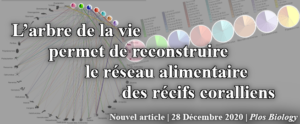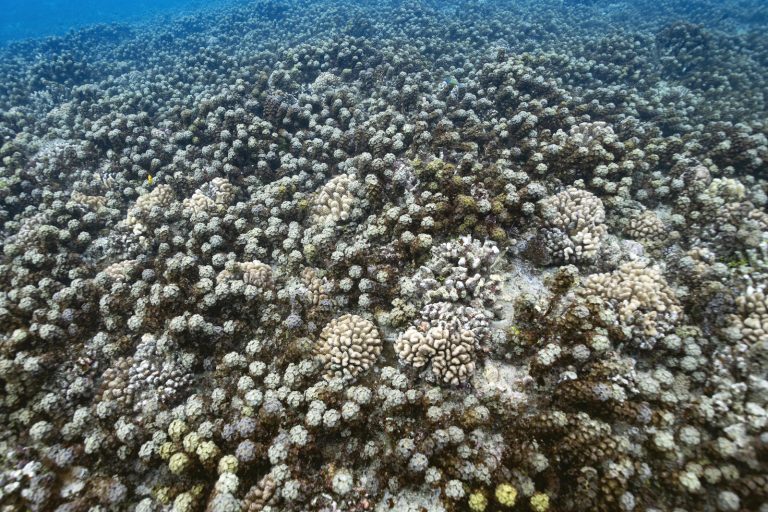- Titre : Fisheries outcomes of marine protected area networks:Levels of protection, connectivity, and time matter
- Auteurs : Sève et al.
- Année : 2023
- Jounal : Conservation Letters
- DOI : https://doi.org/10.1111/conl.12983
Establishing large networks of fully protected marine protected areas (MPAs) ischallenging because of displacement costs for fisheries. The use of partially pro-tected areas is often proposed as an alternative. However, how conservation andfisheries outcomes of MPA networks are mediated through time by the level ofprotection remains uncertain. Here we use a metapopulation model of a com-mercially exploited demersal coastal fish to assess conservation and fisheriesoutcomes of alternative management policies. We compare the temporal per-formances of nonspatial management, large MPAs, or networks of MPAs in anoverfished case study. In addition, we assess how the magnitude of both out-comes is mediated by larval connectivity and level of protection. We distinguishthe relative contribution to fisheries outcomes of unprotected areas in betweenMPAs, and unprotected areas further away, receiving less displaced fishing effortand potential biomass export. We show that spatial management outperformsnonspatial management, that conservation and fisheries outcomes increase withincreasing levels of protection, that fisheries outcomes in areas in betweenMPAs are higher when connected through larval dispersal, and that increasesin catch are preceded by a short-term decrease. Our results call for an increasein protection levels to meet both ecological and fisheries management goals








